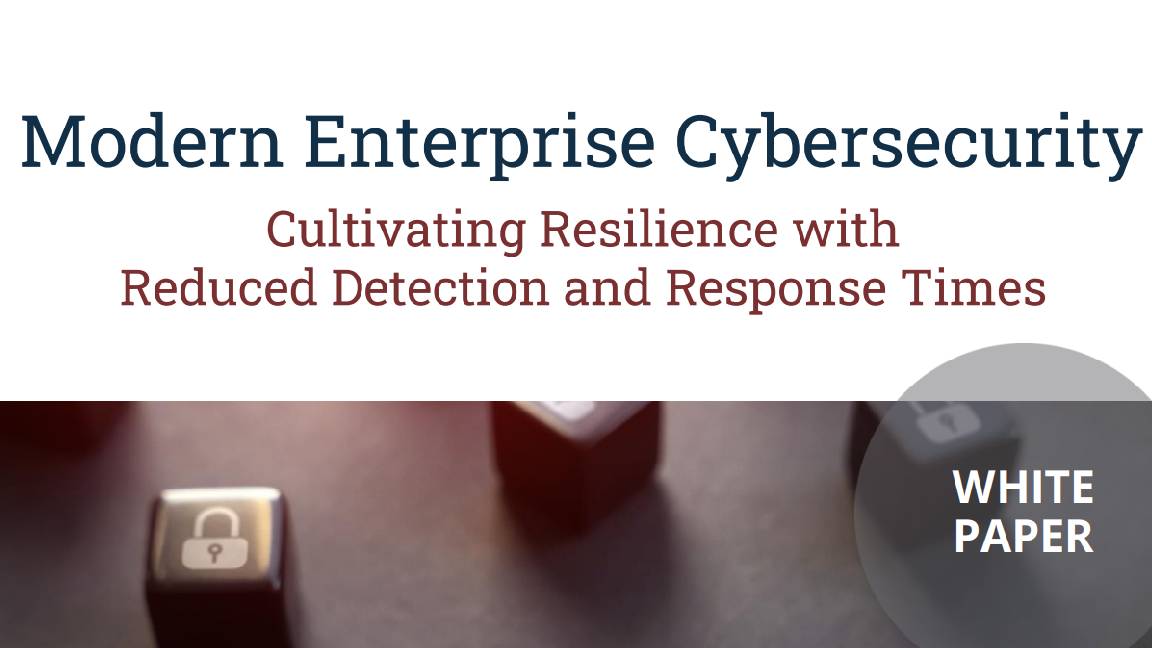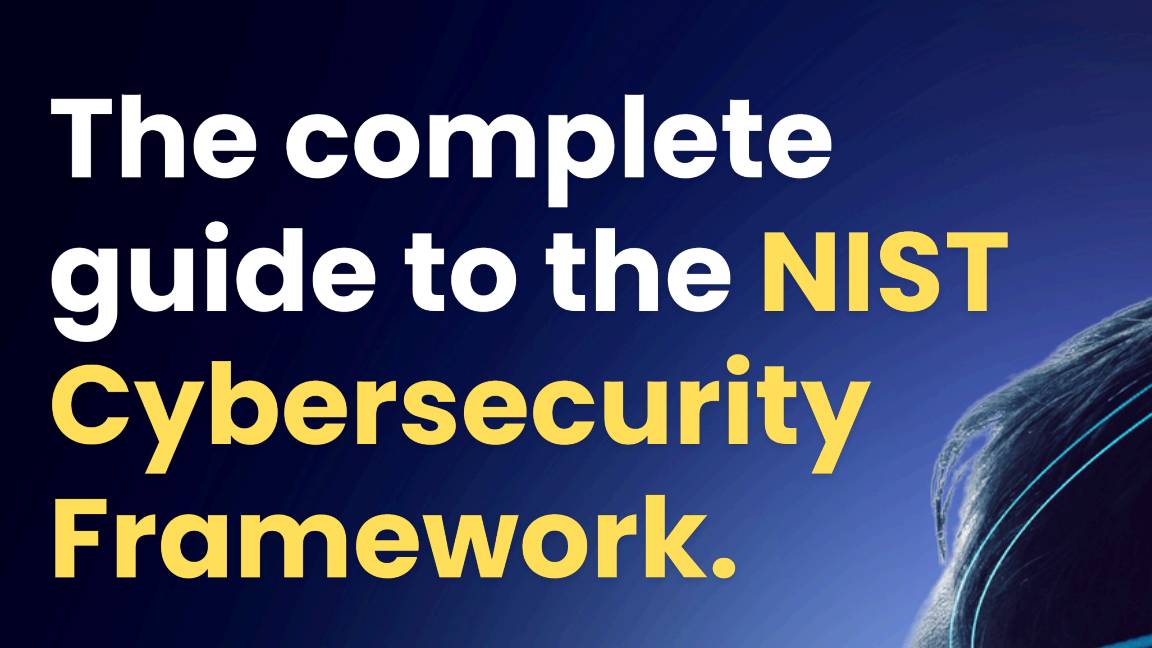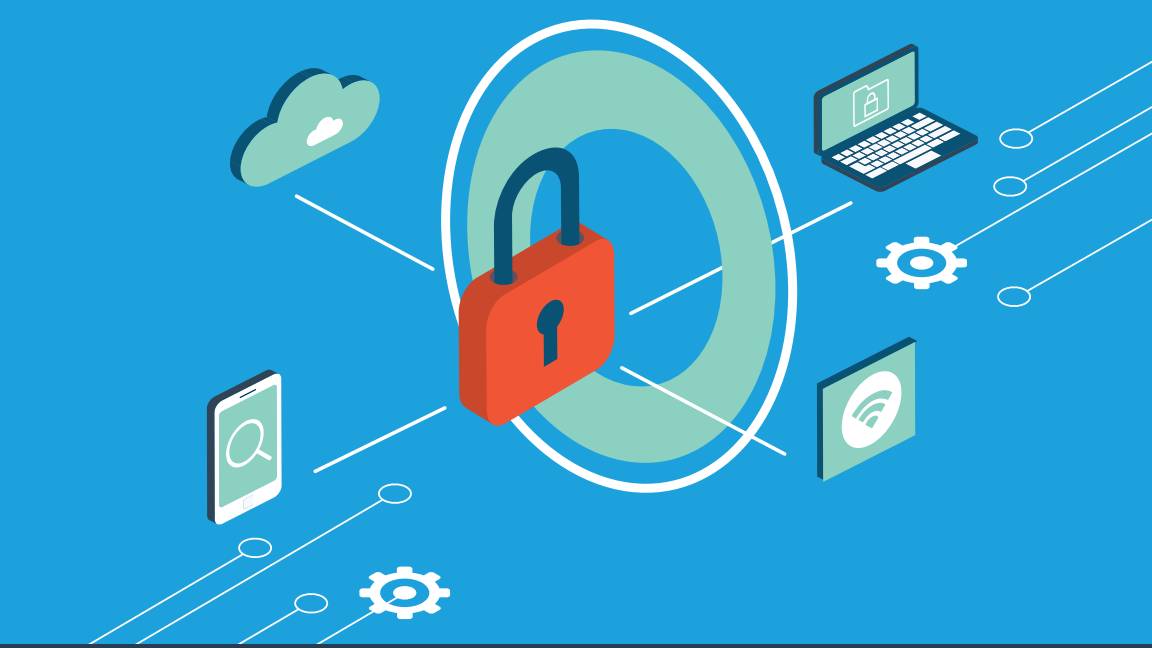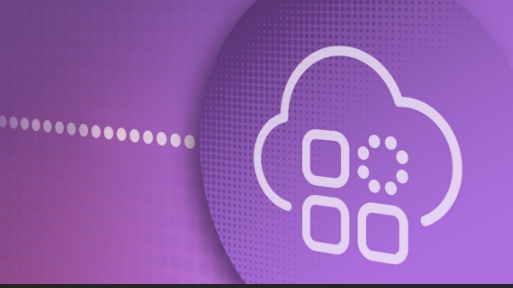Metro Bank targeted with 2FA-bypassing SS7 attacks
The highly sophisticated attack mechanism is becoming increasingly prevalent


Metro Bank has reportedly fallen victim to a sophisticated two-factor authentication (2FA) bypass attack after hackers infiltrated a telecoms firm's text messaging protocol.
The Signalling Systems No. 7 (SS7) protocol is used by telecom firms to coordinate how texts and calls are routed around the world. But according to Motherboard, hackers are more actively exploiting SS7, and intercepting 2FA text messages to gain access to bank accounts such as those with the UK's Metro Bank.
The attack mechanism is highly sophisticated, and was therefore once thought of as beyond the technical capabilities of conventional cyber criminals.
But the UK's national cyber arm the National Cyber Security Centre (NCSC), among others, now understand that the SS7 flaw is being exploited on a rising scale.
"We are aware of a known telecommunications vulnerability being exploited to target bank accounts by intercepting SMS text messages used as 2-Factor Authentication (2FA)," an NCSC spokesperson told IT Pro.
"While text messages are not the most secure type of two-factor authentication, they still offer a huge advantage over not using any 2FA at all.
"NCSC recommends installing two-factor authentication on important online accounts to improve security by making it harder for criminals to access valuable data.
Get the ITPro daily newsletter
Sign up today and you will receive a free copy of our Future Focus 2025 report - the leading guidance on AI, cybersecurity and other IT challenges as per 700+ senior executives
"Customers should be vigilant against suspicious activity on their bank accounts and credit cards. Any concerns about fraud or lost data should be referred to their financial provider or Action Fraud."
The vulnerabilities with SS7 are well-known and documented, with Adaptive Mobile in 2015 learning that this security flaw could cause widespread fraud and mass surveillance attacks on mobile device users.
Almost every network around the world uses SS7, according to the mobile security firm, and governments are even able to take advantage of the flaw to listen-in to confidential conversations.
Attackers previously exploited SS7 to drain customer bank accounts in 2017 by intercepting text messages containing 2FA codes, and infiltrating accounts with several banks across Germany.
The hackers were able to exploit SS7 to divert the text messages the banks sent to customers to phones instead controlled by the attackers themselves. These codes were then used to authorise bank transfers from the hijacked accounts into those that they owned.
"At Metro Bank we take our customers' security extremely seriously and have a comprehensive range of safeguards in place to help protect them against fraud.
"We have supported telecommunication companies and law enforcement authorities with an industry-wide investigation and understand that steps have been taken to resolve the issue," a Metro Bank spokesperson told Motherboard.
IT Pro approached Metro Bank for further comment.

Keumars Afifi-Sabet is a writer and editor that specialises in public sector, cyber security, and cloud computing. He first joined ITPro as a staff writer in April 2018 and eventually became its Features Editor. Although a regular contributor to other tech sites in the past, these days you will find Keumars on LiveScience, where he runs its Technology section.
-
 Bigger salaries, more burnout: Is the CISO role in crisis?
Bigger salaries, more burnout: Is the CISO role in crisis?In-depth CISOs are more stressed than ever before – but why is this and what can be done?
By Kate O'Flaherty Published
-
 Cheap cyber crime kits can be bought on the dark web for less than $25
Cheap cyber crime kits can be bought on the dark web for less than $25News Research from NordVPN shows phishing kits are now widely available on the dark web and via messaging apps like Telegram, and are often selling for less than $25.
By Emma Woollacott Published
-
 "Thinly spread": Questions raised over UK government’s latest cyber funding scheme
"Thinly spread": Questions raised over UK government’s latest cyber funding schemeThe funding will go towards bolstering cyber skills, though some industry experts have questioned the size of the price tag
By George Fitzmaurice Published
-
 Modern enterprise cybersecurity
Modern enterprise cybersecuritywhitepaper Cultivating resilience with reduced detection and response times
By ITPro Published
-
 IDC InfoBrief: How CIOs can achieve the promised benefits of sustainability
IDC InfoBrief: How CIOs can achieve the promised benefits of sustainabilitywhitepaper CIOs are facing two conflicting strategic imperatives
By ITPro Published
-
 The complete guide to the NIST cybersecurity framework
The complete guide to the NIST cybersecurity frameworkWhitepaper Find out how the NIST Cybersecurity framework is evolving
By ITPro Published
-
 Are you prepared for the next attack? The state of application security in 2024
Are you prepared for the next attack? The state of application security in 2024Webinar Aligning to NIS2 cybersecurity risk-management obligations in the EU
By ITPro Published
-
 The economics of penetration testing for web application security
The economics of penetration testing for web application securitywhitepaper Get the most value from your security solution
By ITPro Published
-
 How to extend zero trust to your cloud workloads
How to extend zero trust to your cloud workloadsWhitepaper Implement zero trust-based security across your entire ecosystem
By ITPro Published
-
 Four requirements for a zero trust branch
Four requirements for a zero trust branchWhitepaper Effectively navigate the complex and ever-changing demands of security and network connectivity
By ITPro Published